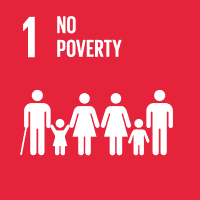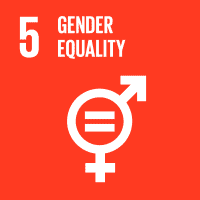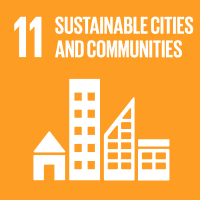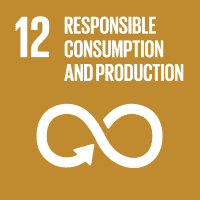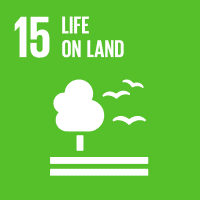The camera reacts to movement in front of the lens and takes a picture. It transmits the images to a connected device that uses artificial intelligence to sort them into categories, such as birds or mammals. The algorithm in the Sentinel device can be customised as required. Results are transmitted to linked devices in near real time via a satellite connection or mobile phone network. In the case of the pilot, these are the mobile phones or computers of researchers at the Humboldt Institute in Bogotá. This makes it quicker and easier to analyse results than if the participants had to hike back up to the camera weeks later. As a result, the biodiversity information obtained can be channelled more effectively into conservation measures, sustainable forms of land use and knowledge-building together with local people. The Sentinel device was developed by the US start-up Conservation X Labs.
Spotlight on Colombia’s treasure trove
Colombia is one of the most biodiverse countries in the world. GIZ is actively involved in efforts to protect ecosystems such as the particularly valuable landscapes of the High Andes. A visit to these remote mountains shows how farming families, artificial intelligence and love of nature are coming together to achieve this goal.
The rubber boots squelch loudly with every step. 58-year-old Colombian farmer Elia Marina Pabón threads her way through prickly foliage and clambers over branches. She’s careful, though. Not even her straw hat gets caught. She wants to avoid breaking any branches and is determined to leave as few traces as possible. Elia Marina is out in the wilds in the north-east of the country, on the edge of the Páramo de Santurbán.
Páramos – also described as high moorlands – are areas of high-mountain vegetation found in the Andes. At first glance, they look almost like a barren moonscape – in muted shades of green and brown. But appearances can be deceptive. In fact, páramos are hotspots of biodiversity. Many of the animal and plant species are endemic, meaning they can only be found there. These Andean moorlands are also Colombia’s main water supply. 70 per cent of the South American country’s drinking water is produced here.
Elia Marina squats down and shines a light into a small cave. Water gushes out and drips onto the floor, where it forms a trickle. ‘That’s the drinking water for our finca.’ Water is of course a precious resource, but today there is another reason for her visit. She has trudged up the mountain with environmental engineer Aura Villalobos and Aura’s colleague Giovany García from Alianza BioCuenca to attach a grey box with a camera to a tree.
 Andrés BO
Andrés BO
The miPáramo programme set up by the Alianza BioCuenca Foundation seeks to actively involve those living in the transition zones bordering the páramos. GIZ supports the programme on behalf of the German Federal Ministry for Economic Cooperation and Development (BMZ). Through its role as an impartial and trusted intermediary, it brings together and advises the various partners in this grouping of public and private stakeholders and water users. By facilitating the transfer of knowledge, GIZ is strengthening Colombia’s efforts to preserve biodiversity while also improving water supplies to the local population and businesses.
Here in the transition zone bordering the Páramo de Santurbán, in the mountains of the municipality of Mutiscua, the programme employs a combination of photo traps and artificial intelligence. But first the team has to thread a strap through the tough camouflage-coloured material covering the camera and the grey plastic box. Artificial intelligence is at work in this digital device. The camera’s red light is on and the batteries are in. The last job now is to strap both onto a tree by the watercourse and hope that the first animals will soon come by.
 Andrés BO
Andrés BO
 Andrés BO
Andrés BO
Colombia’s Alexander von Humboldt Biodiversity Research Institute supports the project by supplying modern photo traps, which are being used for the first time in the country. In addition to Elia Marina’s family, nine others from Mutiscua took part in the pilot. The devices have been hanging in the High Andean forest at Páramo de Santurbán since the end of 2023. Since then, each camera has taken several thousand pictures.
The cameras give us that extra motivation to preserve the natural world in this area.
‘We know that many wild animals live here, but we don’t usually see them. The cameras give us that extra motivation to preserve the natural world in this area,’ says Elia Marina, who admits that she had never realised before how important the landscapes of the High Andes are – and how much their conservation also depends on the diversity of species they harbour. Then she heard presentations from farmers’ and environmental organisations that touched her deeply. She and her husband signed up for training courses on sustainable agriculture and passed on their knowledge. Today she says: ‘We have to protect this paradise, for ourselves, our children, our water and for the whole world.’
Colombia has more páramos than any other country. However, this ecosystem, its biodiversity and its capacity to store carbon are in danger. Experts fear that these areas could shrink to half their current size by 2050. The páramos are under growing pressure from the expansion of agriculture and mining and from increased temperatures and changes in precipitation due to climate change.
Elia Marina is doing her best to protect the páramo in her neighbourhood. Out of their 15 hectares of land, the family has set aside three hectares for conservation, and the rest is largely farmed sustainably. This way, she also aims to protect the transition zones more effectively. In the meantime, together with the Alianza BioCuenca team, she has returned from the mountains to her finca at an altitude of 2,800 metres. She points into the distance at the expanse of steep mountain slopes over which her vegetable fields stretch in various shades of green. Up above is the cow pasture. In between is forest, partly clad with trees that the family itself planted. And even further up lies the Páramo in all its desolate beauty.
 Julian Rentzsch
Julian Rentzsch
‘We have to protect the páramos’
Three questions for Samira Fadul from the drinks manufacturer Bavaria in Colombia. The company is supporting a programme to protect the valuable páramo ecosystem in the High Andes.
More
Why are páramos so valuable?
- Páramos help mitigate climate change: as peatlands, they store a disproportionately large amount of CO2, much more than forests.
- Páramos are biodiversity giants: these regions are home to rare animal species such as the spectacled bear, puma, jaguar, tapir and condor. In Colombia, 60 per cent of species in the páramos are endemic, meaning they are found nowhere else in the world.
- Páramos are water treatment plants: it rains there frequently, but moderately. The water is filtered through moss and bogs, and supplies the regions below.
- Páramos provide protection against extreme weather: acting as sponges, they ward off droughts and floods.
- Páramos supply green energy: some important rivers originate here, which Colombia in turn uses to generate almost 70 per cent of its electricity.
- Páramos are places of power: the ecosystems in the High Andes have a spiritual value, particularly for Indigenous Peoples.
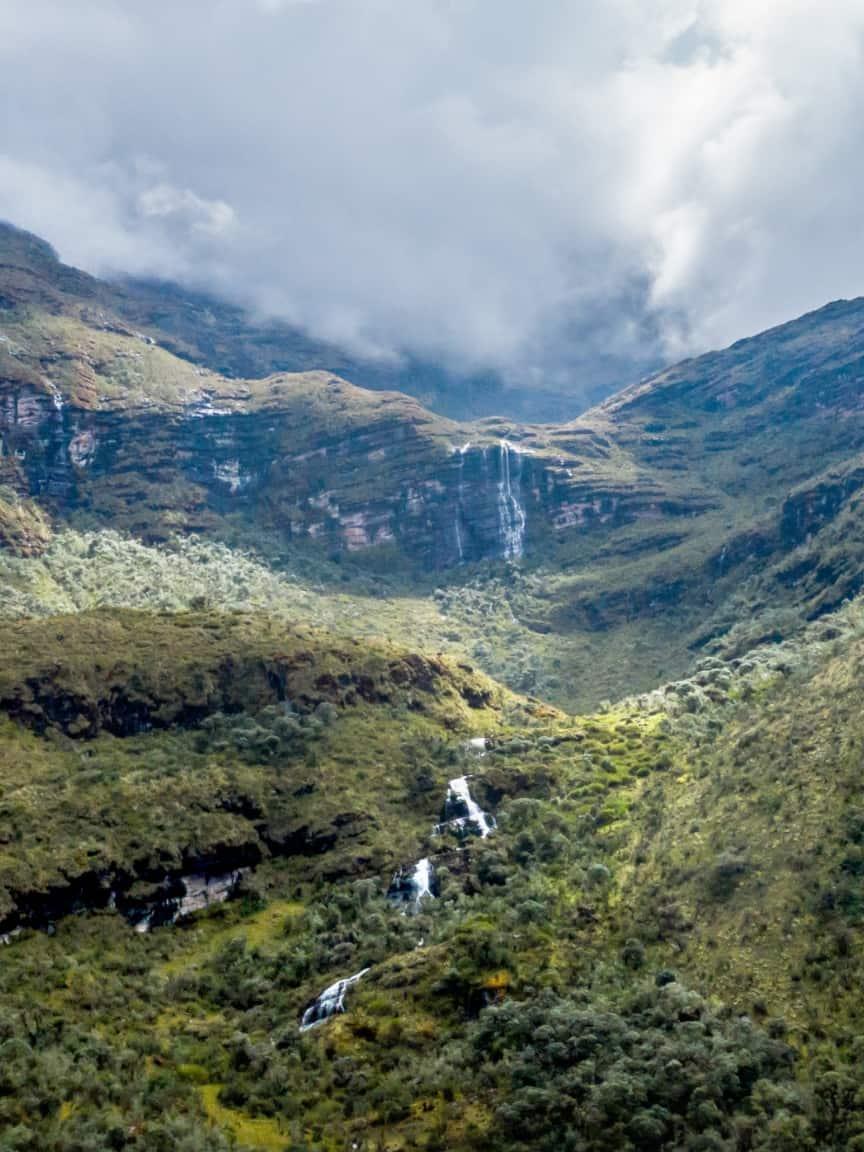 Andrés BO
Andrés BO
 Andrés BO
Andrés BO
What animals have been spotted in the Páramo de Santurbán?
Environmental engineer Aura Villalobos joined the trip to Mutiscua to report on the initial results of the pilot phase. The Humboldt Institute researchers were surprised by what they found. Originally, they had expected the smart cameras to mainly capture images of rodents. Above all, however, it was the endangered little red brocket (a type of deer), foxes, opossums and a large number of birds that were ‘caught’ in the photo traps. As a follow-up, there are now plans to hold birding courses in Mutiscua. Sustainable forms of tourism such as this for bird lovers could also generate additional income for the local community.
Right now, however, all the farmers participating in the project want photos of ‘their’ animals and crowd around the printer that Aura Villalobos has brought with her. They all want to stay involved but say they would prefer to have the animal photos sent directly to their mobile phones in future – even if the reception up here is poor. They don’t want to miss out, they say jokily. After all, the photo traps might just catch a picture of Mutiscua’s own ‘big cat’!
miPáramo (my páramo) and GIZ
The miPáramo programme run by the Alianza BioCuenca Foundation in Colombia brings together private and public stakeholders and the rural population. Its goal is to protect this hugely valuable ecosystem in the High Andes. On behalf of the German Federal Ministry for Economic Cooperation and Development (BMZ), GIZ is supporting the programme and the integrated pilot by providing smart photo traps that can help to conserve the area’s biodiversity. The next phase is due to follow at the end of 2024 – with more cameras and even greater participation among farming families.
